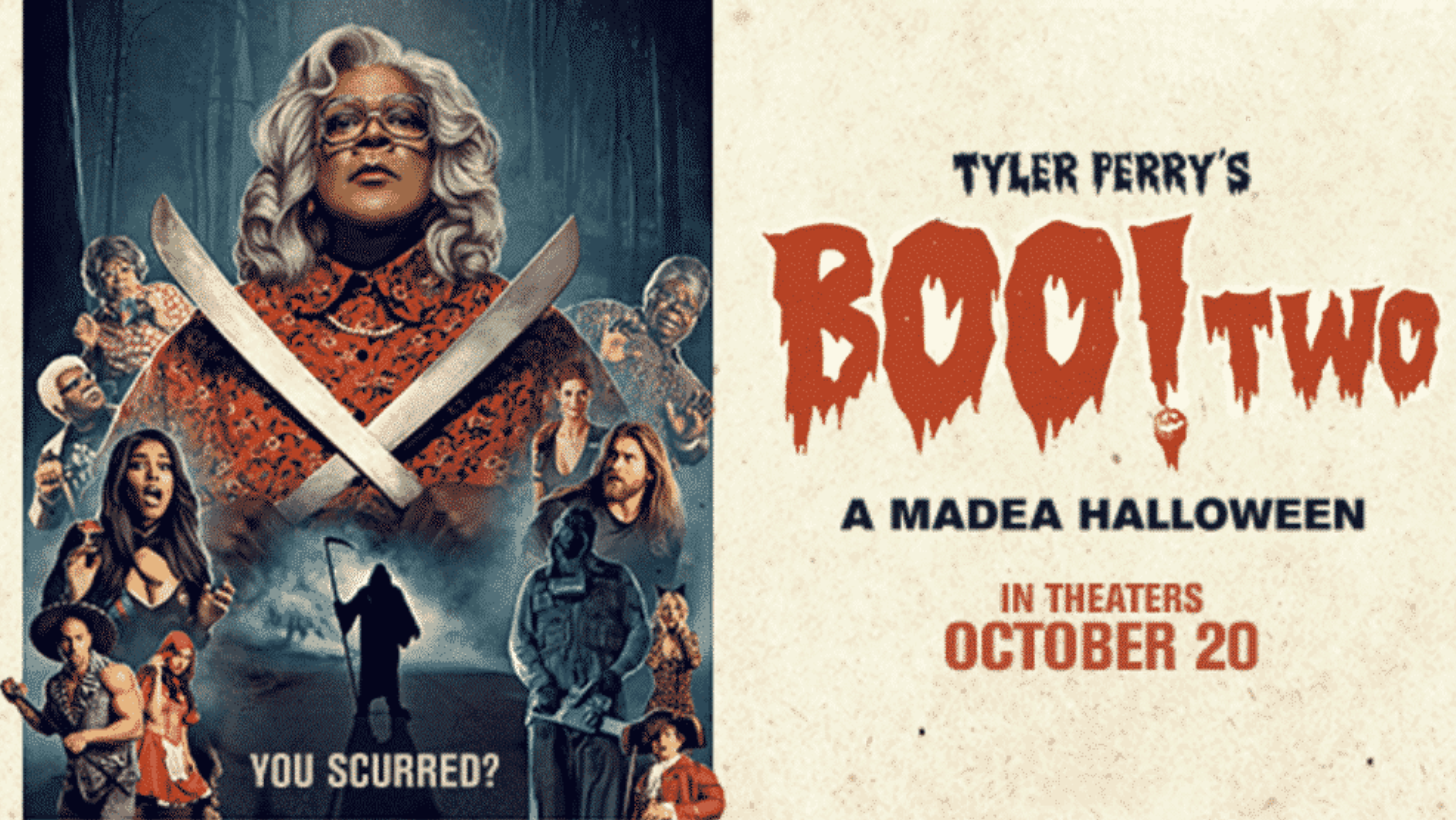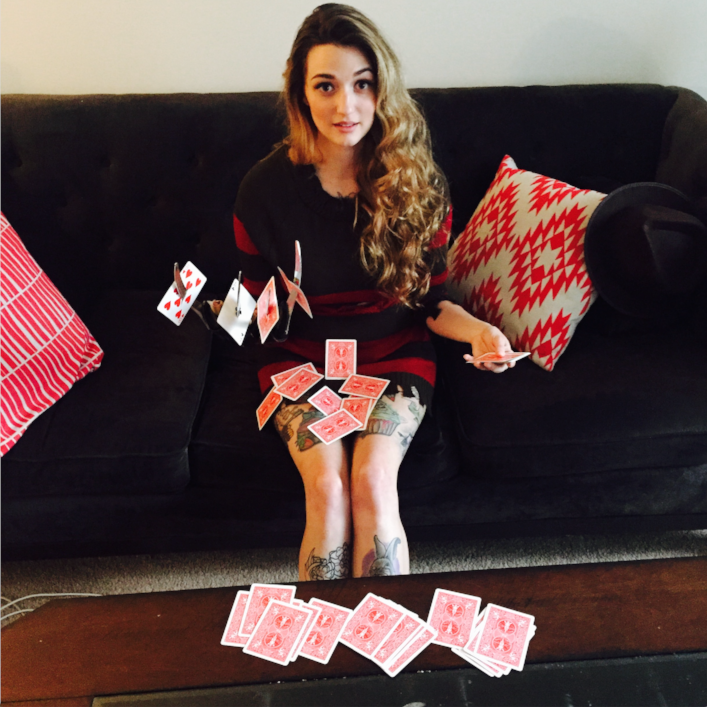"Wait... what the shit?"
Yeah, that's what I was saying too. The first four people we tested, all ranked the classic force in their bottom two and the cross cut force either first or second. I probably shouldn't have been surprised because, if anything, I've found traditional magic wisdom to be wrong more often than it's right. But I was still pretty surprised. After those first four people we added a little discussion to the end of the testing where we would ask them why certain procedures felt more fair. And after that we would ask them about their knowledge of the concept of "forcing a card."
After breaking down why certain procedures felt more fair, the rankings above seemed very obvious.
There were two important things that we gathered from discussing the procedures and their scores with them.
Important Thing #1 - Speed Kills
The lowest rated forces all had one thing in common: the moment of choice was over in an instant.
When we asked, "Why did you rate this one the least fair?" very often the answers dealt with the speed in which the choice was made. They would say something like, "It just happened too quickly." Or, "I didn't have time to think about it."
Regarding the riffle force, one person, who scored it the lowest, said, "It was too fast to completely connect when I said stop to when you actually stopped. It seemed close, but maybe it was a little before or after. It was hard to see."
This is one of the many things that seems obvious now after talking to real people, but I don't think it's something most magicians ever consider. Think about how magicians will jokingly riffle through the deck or dribble through the cards completely before the spectator has a chance to say stop. Like idiots, we're emphasizing the fact that it's all happening too fast to be meaningful.
If you had to select any other object in the world, and you did so by having them whiz by your face too quickly to see, and you just randomly shouted stop and then you were presented with one, would you be confident that was truly a free choice? Probably not.
The highest scoring forces were all slow forces. The participant isn't rushed. You can spread through the entire deck. You can deal through the entire deck. Or they can take as much time as they want cutting the cards in two piles.
But one thing this doesn't explain is why the riffle force scored higher than the classic force. They're both "fast" forces, but the classic force is certainly more open, and would certainly seem more "free and fair," one would think.
That brings us to...
Important Thing #2 - A Layman's Understanding of Forcing
When we asked a few people who had rated the classic force the lowest why they did so—when we asked why spreading the deck for a selection didn't feel fair—four of them said something like this with no prompting: "Because, that's how you force a card."
Hmmm.
Of the 18 people we asked, "Are you familiar with the concept of 'forcing' a card?" Seventeen had heard of the concept. When we asked, "Do you know what that means?" Two said no, two gave a general (accurate) description of what it means, and the other thirteen said something along these lines, "It's when you have someone pick a card and you kind of push the one you want them to take into their hand without them knowing." Obviously they didn't all use the exact same words, but they all expressed a similar idea. That's 13 out of the 18 people we asked (and we can assume the first four who weren't asked, but put the classic force at or near the bottom as well, would likely have a similar view).
Men and women, old and young—they don't see card forcing as a general term, they see it as a specific thing which means to spread a deck and secretly push a particular card on someone.
Wrap your fat head around this: When you do the classic force you are literally mimicking the ONLY process many people associate with card forcing.
With that in mind, of course, the actions of the classic force were rated as "least fair." Cutting the deck doesn't conform with their understanding of what it means to force a card. Nor does dealing through them. A riffle force might not seem like a "free" selection because of the speed at which it happens, but it's a little more fair seeming to some people because it doesn't consist of the exact actions of what they understand a card force to be.
"Yeah, but everyone says the classic force is the best force."
Yes. They do. And I always just assumed it was as well (although it's not something I performed) however I don't think that way now. You could say that 100s of years of magic wisdom shouldn't be flushed away for what I learned over the course of one Saturday with 22 people, but the findings make sense to me.
So why do so many do it and champion it?
I can't say for sure, but these are my theories:
First, I think it probably was, at one time, a very strong force. Maybe in the 1800s spectators didn't have the concept of forcing a card. I don't know. Maybe spreading a deck of cards and saying, "pick a card, any card" wasn't associated with deceit and shadiness. I know the one person in our study who said she wasn't familiar with the concept of forcing a card also rated the classic force the highest of any of the other people. That's just one data point, but it might point towards an explanation.
Second, a lot of magicians live in a bubble in regards to technique—what fools people, what people enjoy, etc. I read some of these theory books and so many seem completely bogus. Not like the author actually asked any real spectators what they think, but just made assumptions. So maybe the classic force was once a very strong force, but over time, as the public's understanding of the concept of card forcing increased, no one bothered to see if spreading a deck between your hands for a card selection still feels innocuous. I'm the only one who admits to being dumb enough to need to test these things out.
Third, while the classic force might fool people less often than we think, I think it still impresses people. So performing it still gets the magician a positive response. What do you think is happening when you do the classic force half a dozen times in a row, forcing the same card on the same person, as many magicians do? They're not marveling at the magic. They're marveling at your skill.
Fourth, I think it's just more satisfying to pull off the classic force than most other forces. The degree of difficulty is much higher, so it feels like more of an accomplishment. But that difficulty isn't reflected in how fooling it is.
"But seriously, the Cross Cut Force?"
Yep. And not only that, it wasn't some clever variation on the cross cut force (See Ben Earl's work for that). It was literally just, "Cut the deck in two piles." Cross the halves. Wait a bit. Reveal the card.
And think about this, this was the only actual force we did all day... and it was rated the most fair!
And it averaged the highest score despite the fact that one guy gave it a zero because he was familiar with it from a book on magic he read as a kid. (We weeded out anyone with an active interest in magic, but not someone who had played around with it as a kid.)
When we asked those who rated it the most fair why they did so, we got two main answers.
1. "Because I was holding the deck." Duh. That seems ridiculously obvious now, but yeah, of course it will feel more fair given that they are doing it themselves.
2. "It was just cutting to a card." Again... of course. Spreading the deck for a selection is what you do in a magic trick. But cutting the cards is something you do in card games. It's a normal action. It's no surprise the top two forces involved dealing and cutting; actions people are familiar with outside of magic tricks. There is very little dribbling and riffling in daily life. I don't know of any card games where you spread and select a random card.
Conclusion
So what did I take away from this?
Am I just only going to do the cross cut force the rest of my life? No. Although I will be using it much more, I'll be doing so with added convincers to make it even stronger. The problem with the cross cut force is when someone does spot the discrepancy that makes it work, it falls apart completely. Whereas with something like a riffle force, they can be suspicious but never really know.
Am I never going to bother learning the classic force because it's more of a self-indulgent exercise than an ideal tool for fooling people? Uhm... yeah, that's probably true.
I think my takeaways are these:
1. When deciding on a force I will choose one where the moment of selection is not rushed in any way.
2. The actions of the force will, ideally, be something they're familiar with (cutting, dealing, shuffling) rather than something that looks like the actions of what their understanding of a force would be.
3. I will keep my eye out for more forces that happen in the spectator's hands.
4. I'm going to work on my second deal. The idea of dealing through the deck until someone stopped you felt very fair to most of the respondents.
Postscript: The Damsel Technique
I'll probably write this up at some point next year. It's a tiny idea but one that can have a big impact. This was the technique I originally wanted to test when I went off to NYC. It can be used with almost any force (it works amazingly well with the cross cut force). In our testing we used it with the dribble force. We performed a standard dribble force for 11 people and their "fairness" rating was 54. We performed the same force with the Damsel technique for another 11 people and its fairness rating was 86. And it has applications beyond card forcing. You won't get all the details any time soon, but I mention it now just to whet your appetite. Y'all whet?











